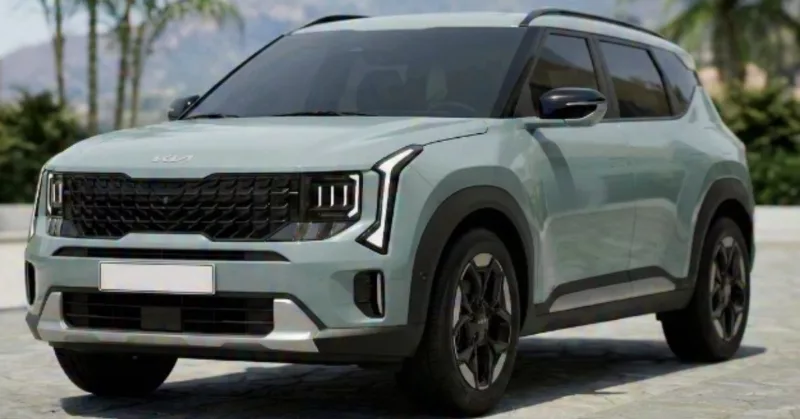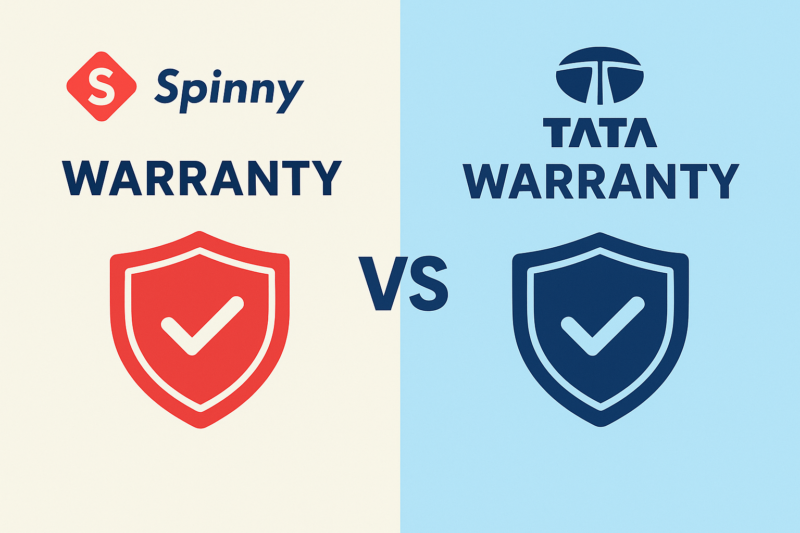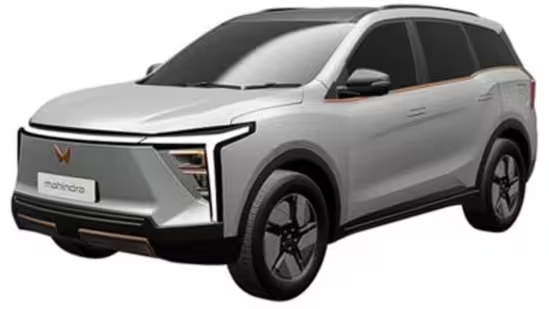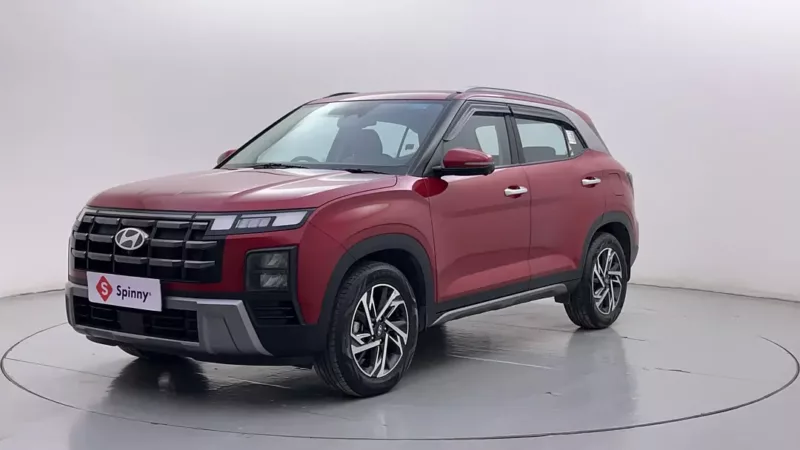Established in 1996, Korean giant Hyundai managed to crack the Indian auto market, overcoming initial challenges and gaining momentum with its value-driven and feature-rich offerings. Today, it stands as the second largest carmaker in India, trailing only behind Maruti Suzuki and its extensive portfolio of small cars. With the SUV body style skyrocketing in popularity, Hyundai was quick to launch the Creta and the Sonet, the former being the best-selling SUV in its segment. Joining this lineup of compact SUVs is a new mini SUV, the Exter. The Hyundai Exter promises to take on the Tata Punch and offer a true SUV experience at a hatchback price point making it a unique product.
Interestingly, for a similar price range, Hyundai also offers the Grand i10 NIOS, a capable hatchback. The Exter, in fact, shares the same chassis as the Grand i10 NIOS, and one can even say that the Exter is the SUV version of the Grand i10 NIOS. Although they share the same cabin design and powertrain options, there’s a lot more that differentiates the Exter from the Grand i10 NIOS. To help you make an informed buying decision, we find out how these cars compare on paper.
Hyundai Exter vs Hyundai Grand i10 Nios: Dimensions
Dimensions | Hyundai Exter | Hyundai Grand i10 Nios |
Length | 3815mm | 3815mm |
Width | 1710mm | 1680mm |
Height | 1631mm | 1520mm |
Wheelbase | 2450mm | 2450mm |
Ground Clearance | - | 165mm |
Boot Space | 391 litres | 260 litres |
Since the Hyundai Exter is a mini SUV, the dimensions are on its side while the Grand i10 Nios trails behind. In terms of similarities, both these cars have the same length and wheelbase at 3815mm and 2450mm. But look past these two numbers, and all you see are dissimilarities. For instance, the Exter is the wider and taller car here at 1710mm and 1631mm. That said, the most important difference happens to be the boot space where the Exter takes the lead with a huge boot measuring 391 litres as opposed to 260 litres of the Grand i10 Nios. What that means is you essentially get over 130 litres of extra boot space, translating to convenience and versatility for various transportation needs. As such, the Exter gets a practical advantage over the i10 NIOS in terms of dimensions.

Hyundai Exter vs Hyundai Grand i10 Nios: Engine & Transmission
Parameters | Hyundai Exter | Hyundai Grand i10 Nios |
Engine Options | 1.2-litre petrol engine, 1.2-litre CNG engine | 1.2-litre petrol engine, 1.2-litre CNG engine |
Transmission Options | 5-speed MT/AMT | 5-speed MT/AMT |
Power | 83PS/69PS | 83PS/69PS |
Torque | 113.8Nm/95.2Nm | 113.8Nm/95.2Nm |
Mileage | 19.20kmpl to 26km/kg | 20.70kmpl to 28.10km/kg |
There’s not much to differentiate between the Exter and the Grand i10 Nios in terms of powertrain options. Both these cars are powered by identical engine and gearbox options. The engine in question is a 1.2-litre petrol unit that is also offered with a CNG option. The petrol version develops 83PS and 113.8Nm of peak torque while the CNG version is rated at a lower 69PS and 95.2Nm of twist. The gearbox options for these include either a 5-speed manual or an AMT for added convenience. The Grand i10 Nios has better fuel economy numbers in contrast here and that is mainly down to the differences in kerb weight. The Exter is the heavier car here without a doubt.
Hyundai Exter vs Hyundai Grand i10 Nios: Features & Comfort
Features | Hyundai Exter | Hyundai Grand i10 Nios |
Infotainment system | 8-inch infotainment system | 8-inch infotainment system |
Music system | Yes | Yes |
Climate control | Yes | No |
Ventilated seats | No | No |
Adjustable steering | Yes | Yes |
Drive modes | No | No |
Instrument cluster | Digital | Digital |
Sunroof | Yes | No |
Adjustable seats (manual or electric) | Manual | Manual |
Rear AC vents | Yes | Yes |
60:40 rear seat split | No | No |
Cruise control | No | No |
Both the Hyundai Exter and the Grand i10 NIOS follow Hyundai’s familiar approach of offering a plethora of interesting features, setting them apart from their rivals. There’s an 8-inch touchscreen unit along with a powerful music system, rear AC vents, climate control and a digital instrument cluster. In addition to these shared features, the Exter offers some additional advantages over the Grand i10 Nios. These include a voice-enabled smart electric sunroof, a dashcam (both segment-first features), connected car tech, and a Home to Car link with Alexa. When it comes to outright comfort and ride quality, the Hyundai Exter is the better option here as it is a high-riding SUV which offers a more sophisticated ride that can tackle bad roads easily with its raised suspension and ground clearance.

Hyundai Exter vs Hyundai Grand i10 Nios: Safety Features
Features | Hyundai Exter | Hyundai Grand i10 Nios |
GNCAP Safety Rating | Not Tested | 2 stars |
Airbags | 6 | 6 |
ABS with EBD | Yes | Yes |
ESC | Yes | Yes |
Traction control | No | No |
Automatic headlamp | Yes | Yes |
Rain-sensing wipers | No | No |
Hill hold assist | Yes | No |
Hill descent control | No | No |
Rear sensors | Yes | Yes |
Rear parking camera | Yes | Yes |
ISOFIX Child seat anchor points | Yes | Yes |
ADAS | No | No |
Crash test authority Global NCAP has tested the Hyundai Grand i10 Nios resulting in a below-average score of 2 stars. The Exter is a novel product and is yet to be tested. But we expect the Exter to fare well since it is a mini SUV, and Hyundai promises to have improved the safety aspect of the car. As for safety features, you get the usual ABS with EBD, ESC, ISOFIX child anchor, rear parking camera and sensors. Over its rivals, both these cars also offer some extra kit such as 6 airbags as standard, and TPMS. The Exter also offers a dashcam, a crucial safety feature often overlooked today. In brief, the Grand i10 Nios is on the back foot here as it misses out on some safety features and has only scored 2 stars on the GNCAP test. The Hyundai Exter offers more when it comes to safety and with all the updates, it is also expected to score higher than the Grand i10 Nios in a crash test.

Hyundai Exter vs Hyundai Grand i10 Nios: Price Comparison
Variants | Hyundai Exter | Hyundai Grand i10 Nios |
Base Variant | Rs 6.00 lakh | Rs 5.73 lakh |
Mid Variants | Rs 7.27 lakh to Rs 7.97 lakh | Rs 7.18 lakh to Rs 7.75 lakh |
Upper Mid Variants | Rs 8.00 lakh to Rs 9.42 lakh | Rs 7.79 lakh to Rs 8.13 lakh |
Top Variant | Rs 10.10 lakh | Rs 8.51 lakh |
The Hyundai Exter is priced from Rs 6.00 lakh to Rs 10.10 lakh while the Grand i10 Nios is more affordable with pricing that ranges between Rs 5.73 lakh to Rs 8.51 lakh. Hyundai has managed to price the base version of the Exter competitively making it a stellar value-for-money proposition as opposed to its sibling. The same applies to mid-variants as well. However, moving on to the upper mid and top variants, the price difference is significant enough to take a second look at the Grand i10 Nios. For example, the range-topping variant of the Grand i10 Nios is a full Rs 1 lakh cheaper than the Hyundai Exter.
Summary
The Hyundai Exter appears to be a highly capable product on paper, ready to take its fight up to the Tata Punch. But with a starting price as low as Rs 6 lakh, it’s also going to cut into the sales of some hatchbacks including Hyundai’s own Grand i10 NIOS. The Exter is for those looking for a car big on space and presence, and offering the most amount of features without compromise. Its distinct styling and impressive boot space are sure to impress anyone searching for a car within a budget of Rs 6-10 lakh. Moreover, the Exter ticks all the right boxes and is powered by a tried and tested engine that delivers satisfying performance and fuel economy to keep you happy in the long run.
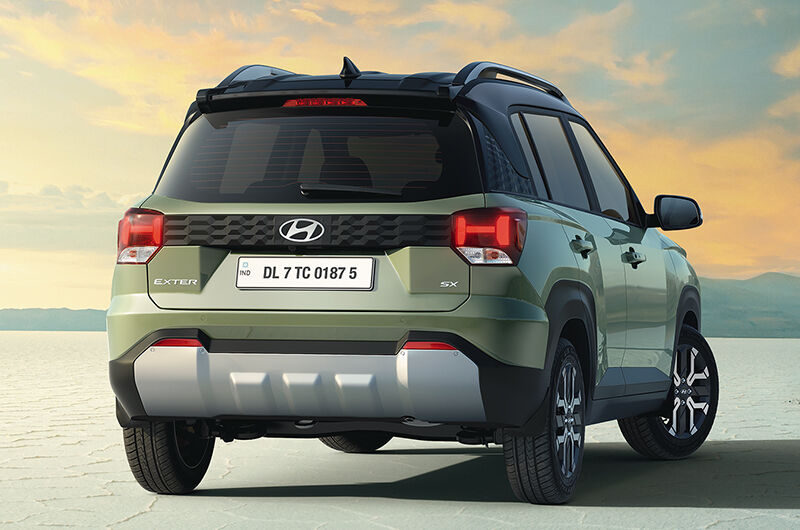
While the Grand i10 NIOS remains a wonderful little hatchback that offers many of the features found in the Exter, it does lack in size, boot space, and some additional features. Ultimately it comes down to the buyer’s preference. If your purpose is a city hatchback that is easy to park and manoeuvre, the Grand i10 NIOS does the job while also providing potential cost savings. But if you want more space, or an aspirational SUV that offers that extra bit of practicality and comfort, the Exter is a clear winner here. Additionally, being a newer product from Hyundai’s stables, the Exter’s freshness may sway your decision.
